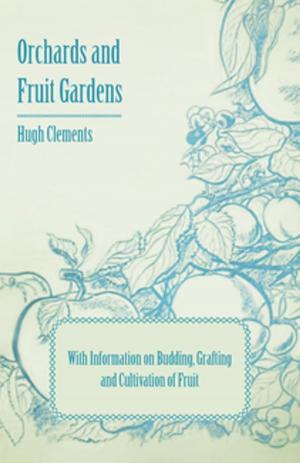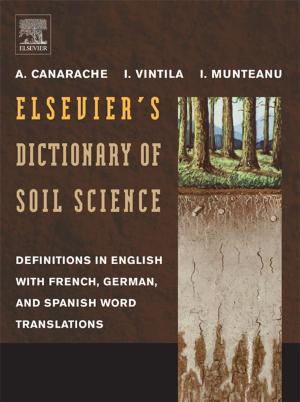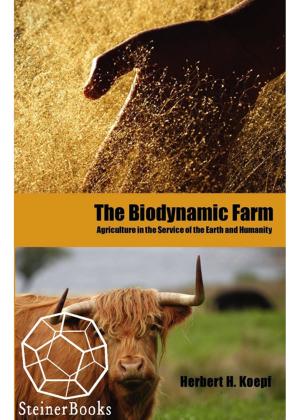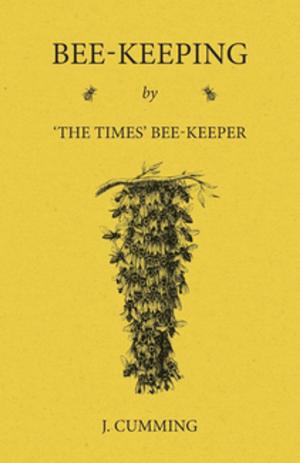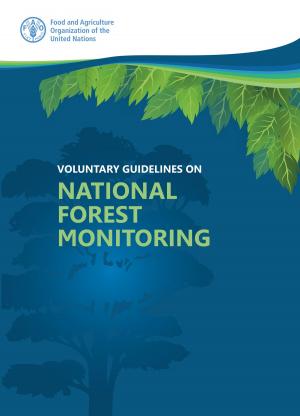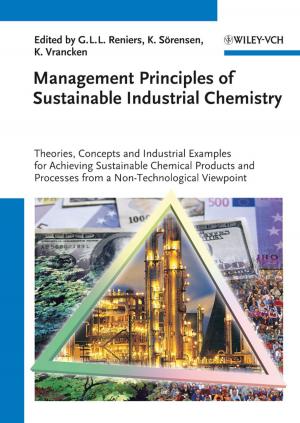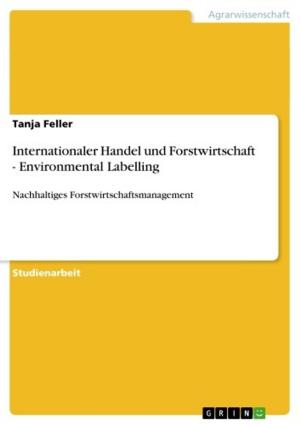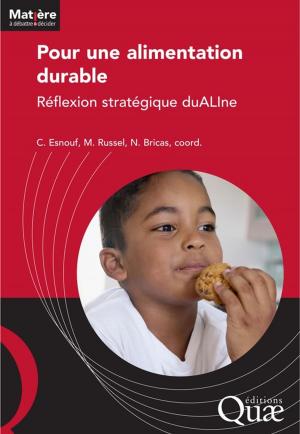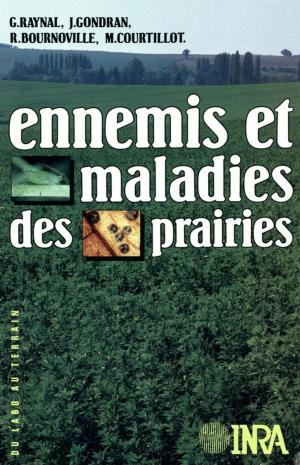How Not To Make Millions: but Still Enjoy a Rich Rural Life
Nonfiction, Science & Nature, Technology, Agriculture & Animal Husbandry| Author: | Alan McDonald | ISBN: | 9781466158658 |
| Publisher: | Alan McDonald | Publication: | August 26, 2011 |
| Imprint: | Smashwords Edition | Language: | English |
| Author: | Alan McDonald |
| ISBN: | 9781466158658 |
| Publisher: | Alan McDonald |
| Publication: | August 26, 2011 |
| Imprint: | Smashwords Edition |
| Language: | English |
The author has taken his experience of farming and gardening in several countries over 60 years to produce the book for the benefit of those with less experience. It is presented in three parts and they are probably best read in order of publication. He does not tell the reader how acquiring land can lead to making a lot of money through following foolproof ways of using that land. He hopes nobody believes such information exists.
The free sample has to be the opening pages and does not fully reflect the remainder of the book. For a better idea see my blog "Snippets" from June 2013.
The original aim had been to leave notes to show the author’s son that through his own efforts and with minimal money, he could make a farm out of any land and enjoy a pleasant lifestyle. As the author moved around the world the notes evolved into book form to enable others to read it too, and with a second aim - to have all landholders think about how successive generations of future farmers can maintain and improve their farms, leaving the land in a more fertile state than when it was acquired.
The author offers suggestions or possibilities rather than directions because he believes it is wrong to dictate to people how they should treat their property, and further believes everyone has the right to follow their chosen lifestyle on their own land. He offers ideas for meat and non-meat eaters, and organic or conventional systems. He encourages the reader to reach their own informed decision to fit their particular property, the suggestions being useful to anyone interested in living a rural life, even if the amount of land available is very small.
The people anticipated to gain most are those with a few acres and limited experience of living on such a property. It will particularly help people considering buying land for the first time. First timers will find a number of useful warnings of pitfalls to be avoided. More experienced gardeners, smallholders and farmers should find it interesting, and stimulating to the mind.
It is not a textbook on farming or gardening, or an instruction manual; and information that is readily available in specialised books and other sources of information is not repeated. The author thinks there are sufficient such sources, and having farmed in several very different environments, knows that some animal species and crops that thrive in one place can fail to survive in another. Also having worked three properties in one locality, he found there was so much variation in the soil types, that he realised every field is sufficiently unique to make it impossible to give definitive advice that can be applied to all land.
The suggestions given cover many subjects including buying and selling a rural property, managing the land, livestock, machinery and equipment, crops, vegetables, and a section on preparing food and eating it, with some comments on producing and drinking wine. 140,000 words.
The author has taken his experience of farming and gardening in several countries over 60 years to produce the book for the benefit of those with less experience. It is presented in three parts and they are probably best read in order of publication. He does not tell the reader how acquiring land can lead to making a lot of money through following foolproof ways of using that land. He hopes nobody believes such information exists.
The free sample has to be the opening pages and does not fully reflect the remainder of the book. For a better idea see my blog "Snippets" from June 2013.
The original aim had been to leave notes to show the author’s son that through his own efforts and with minimal money, he could make a farm out of any land and enjoy a pleasant lifestyle. As the author moved around the world the notes evolved into book form to enable others to read it too, and with a second aim - to have all landholders think about how successive generations of future farmers can maintain and improve their farms, leaving the land in a more fertile state than when it was acquired.
The author offers suggestions or possibilities rather than directions because he believes it is wrong to dictate to people how they should treat their property, and further believes everyone has the right to follow their chosen lifestyle on their own land. He offers ideas for meat and non-meat eaters, and organic or conventional systems. He encourages the reader to reach their own informed decision to fit their particular property, the suggestions being useful to anyone interested in living a rural life, even if the amount of land available is very small.
The people anticipated to gain most are those with a few acres and limited experience of living on such a property. It will particularly help people considering buying land for the first time. First timers will find a number of useful warnings of pitfalls to be avoided. More experienced gardeners, smallholders and farmers should find it interesting, and stimulating to the mind.
It is not a textbook on farming or gardening, or an instruction manual; and information that is readily available in specialised books and other sources of information is not repeated. The author thinks there are sufficient such sources, and having farmed in several very different environments, knows that some animal species and crops that thrive in one place can fail to survive in another. Also having worked three properties in one locality, he found there was so much variation in the soil types, that he realised every field is sufficiently unique to make it impossible to give definitive advice that can be applied to all land.
The suggestions given cover many subjects including buying and selling a rural property, managing the land, livestock, machinery and equipment, crops, vegetables, and a section on preparing food and eating it, with some comments on producing and drinking wine. 140,000 words.

